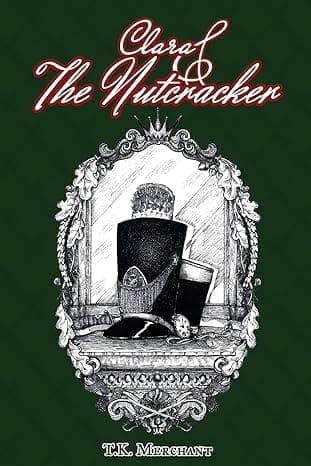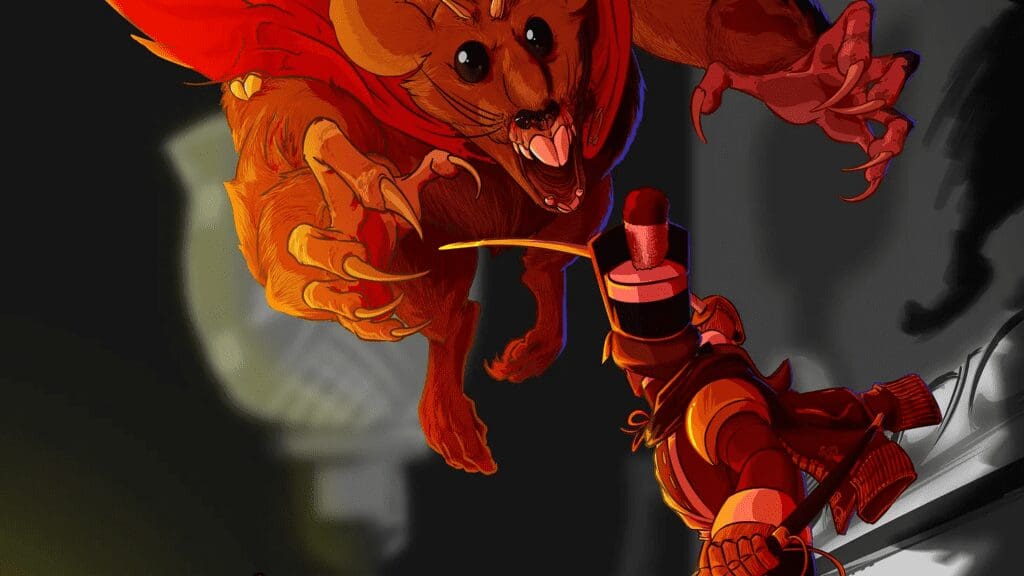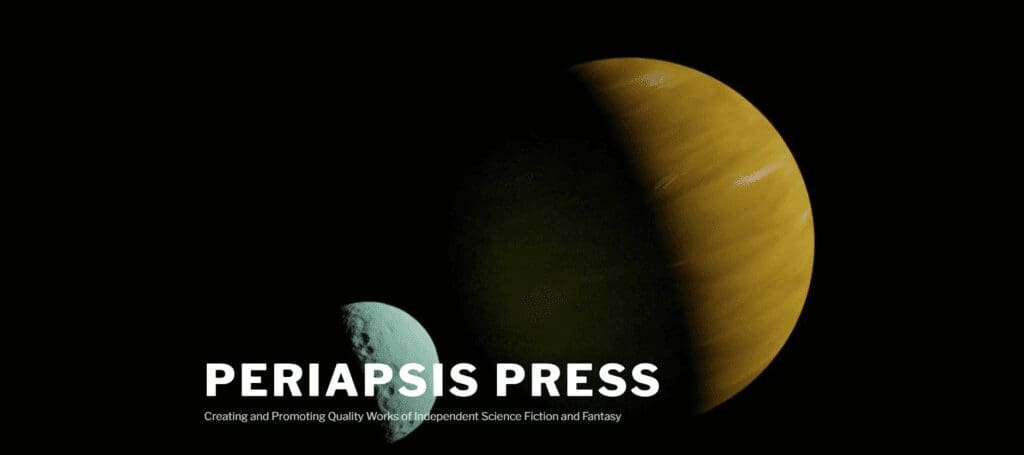
Clara and the Nutcracker is a fantasy adaptation of the holiday fairytale featuring a grown-up Clara, a stalwart Nutcracker, an undead Mouse King, and their bloody confrontation. This standalone adventure is an action-packed take on the classic German story that inspired the Christmas ballet.
This review originally appeared on PeriapsisPress.com. They received a copy of this book from the author for the purpose of review. This in no way influences the opinions expressed in this article.
This review contains minor spoilers.
RELATED: Tommy Reviews New Comic: Dynamite Comics ThunderCats Issue 1
The Nutcracker Adaptation
Clara and the Nutcracker is a compelling take on E.T.A. Hoffman’s The Nutcracker and the Mouse King (1816). Readers familiar with the original inspirations of The Nutcracker ballet will find this satisfying experience.
Rather than a straightforward retelling, this unique story is more of a sequel, taking place 20 years “after the end.” Unfortunately, the original conclusion that resulted in the Nutcracker’s return to his true form in the real world did not occur, and he remains cursed.
All of the elements of a great adaptation are here. The lore is fleshed out, and the characters, granted additional depth. Like the original, the story does not refrain from depicting blood and darker themes, so it is suited for the proverbial German child.
It is interesting to note that the main character is named Clara, although the name Marie is used for her in a sort of dream or time travel sequence (was it real or a dream? Of course, it is both).

RELATED: Alpha Red by James Q. Nguyen Explores The Hero’s Journey With Action And Style!
The Wonderful and the Dark
I loved the settings in this story. They are each beautifully described from the Christmas parlor with its grand silver fir tree (through which a portal to the Nutcracker’s kingdom can be made), to Drosselmeyer’s workshop, to the magical kingdom itself. These imbue the world with a sense of splendor and portent.
And the story certainly delivers on the darker elements. The undead Mouse King has a backstory, but he remains an evil character—not redeemable nor sympathetic. The descriptions of him inspire visceral disgust. The story depicts evil and is not for those of weak stomach. There is blood and gore, but there are also horrible events. These never overwhelm the reader with a sense of hopelessness, but increase the tension by opening up the possibilities. If there is a greater potential for evil, then there is a similarly greater potential for heroism.

RELATED: Sean Gordon Murphy Goes Full Kathleen Kennedy With His Zorro: Man Of The Dead Comic
Clara, All Grown Up
One of the wonderful things about this adaptation is how Merchant was able to capture some of Hoffman’s original thematic intentions. His belief that the imagination was under attack by the rise of rationalism inspired him to write stories that intentionally celebrated it and thereby reclaim nature, innocence, and an authentic way of living (see Jack Zipes quoted here).
Merchant’s characterization of Clara as an adult directly addresses this tension. Clara returns to her childhood home an accomplished doctor. As a child, she was accused of lying, flights of fancy, and gullibility. Now she strongly desires to be taken seriously and not to be the family joke anymore.
She arrives in her white doctor’s coat, literally clothing herself in the evidence of her success and credentials. Its presence directs the flow of conversation: she can give a self-conscious lie about leaving so quickly she had no time to take it off, but it is doing its job by making a statement she cannot. “I can be taken seriously now.”

RELATED: King Cryptid from Alterna Comics by Peter Simeti is Old School Fun!
Reclaiming Innocence
As Clara and her brother Fred return to the parlor—once again decorated for Christmas—she inquires about their old toy case, now repurposed to hold the more mature collection of “Chinese porcelain.” Fred replied uncomfortably that their father sold the wonders that it used to contain. “What’s a doctor to do with a bunch of toys?” he remarks. Clara responds, “Of course! What would a doctor need with such things…” She tries to hide her disappointment.
Although Fred does not carry the emotional scars that Clara does, he is not so different. Raised in the same strict household, he is also denying his inner child. Uncle Drosselmeyer tells Clara, when she is at her low point before the final confrontation, that she has already done a great deal, including help her brother: “You convinced that pomp-obsessed brother of yours to once again take up his shelved hobby.” He further presses her, “Now if you could just stop wearing that damned uniform everywhere like an insecure ninny!”
This progression—from denying the wonderful things that happened during their childhood, to embracing the fantastic world, to leaving behind the obsession with being “grown up”—this is perfectly in line with Hoffman’s greater ideas of imagination, and furthermore echoes the themes of identity in the original tale, which explored the interconnected worlds of role play, family and social relationships, and dream-self.
Merchant’s story suggests that these two thematic elements are connected. That the importance of imagination carries over from childhood into adulthood, and we deny it to our own detriment.
Check Out Clara and the Nutcracker
Clara and the Nutcracker is a wonderful adaptation of and sequel to a complex fairytale. It keeps the spirit of the original in many ways and delivers a satisfying dark fantasy adventure. I look forward to reading more by T.K. Merchant!
Are there other great fairytale retellings we should read? Leave a comment and let us know!

NEXT: What Indie Sci-Fi And Fantasy Book Authors Should You Keep an Eye on in 2024?

Leave a Reply